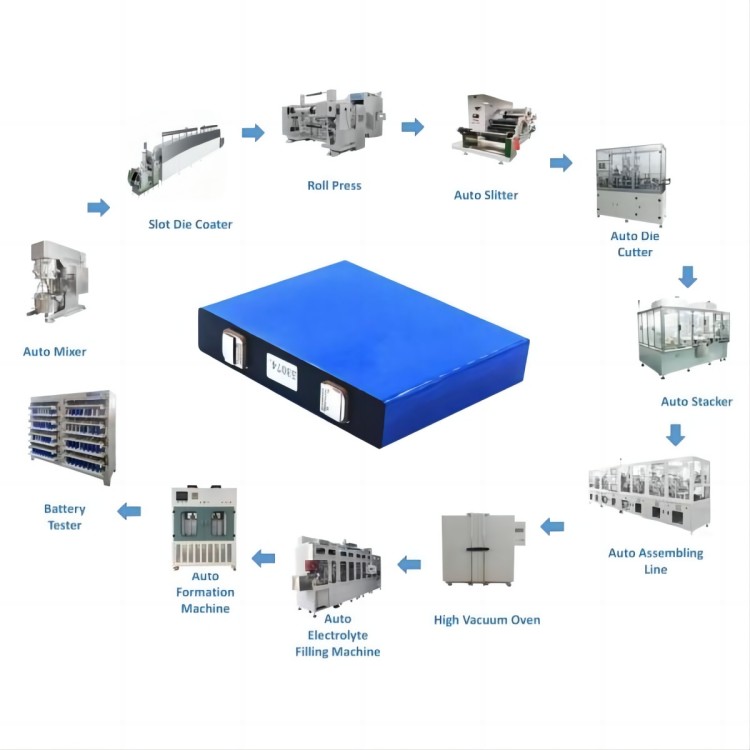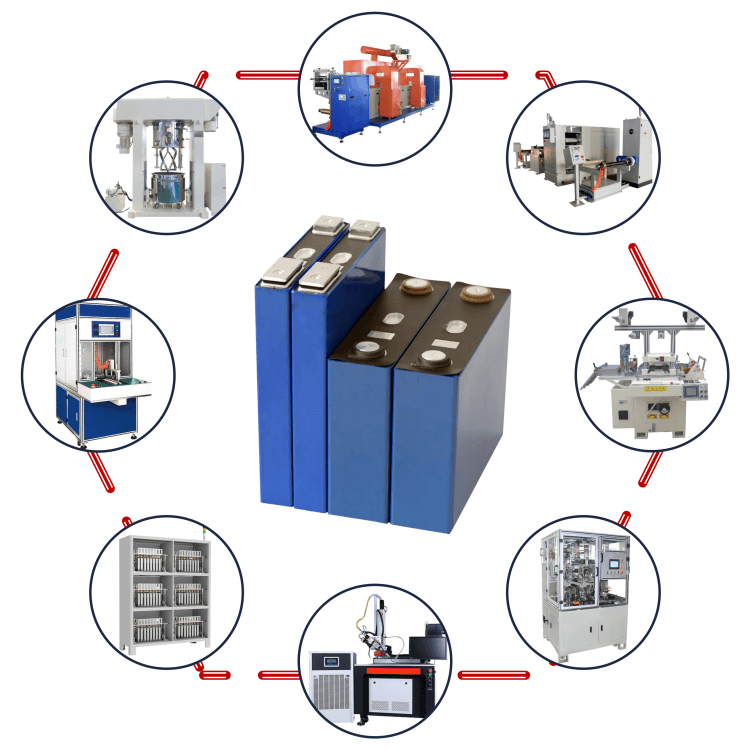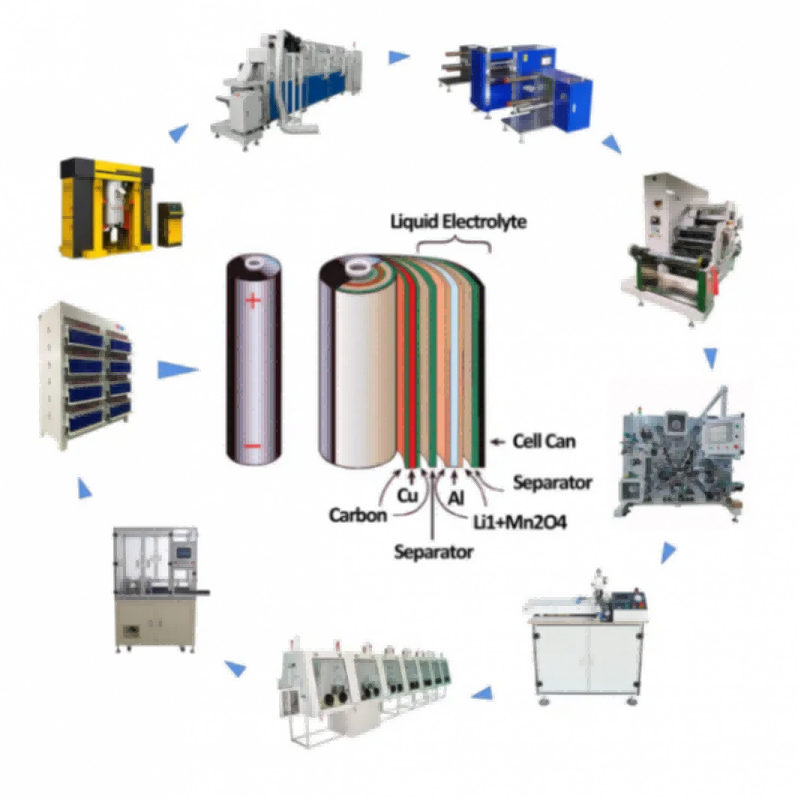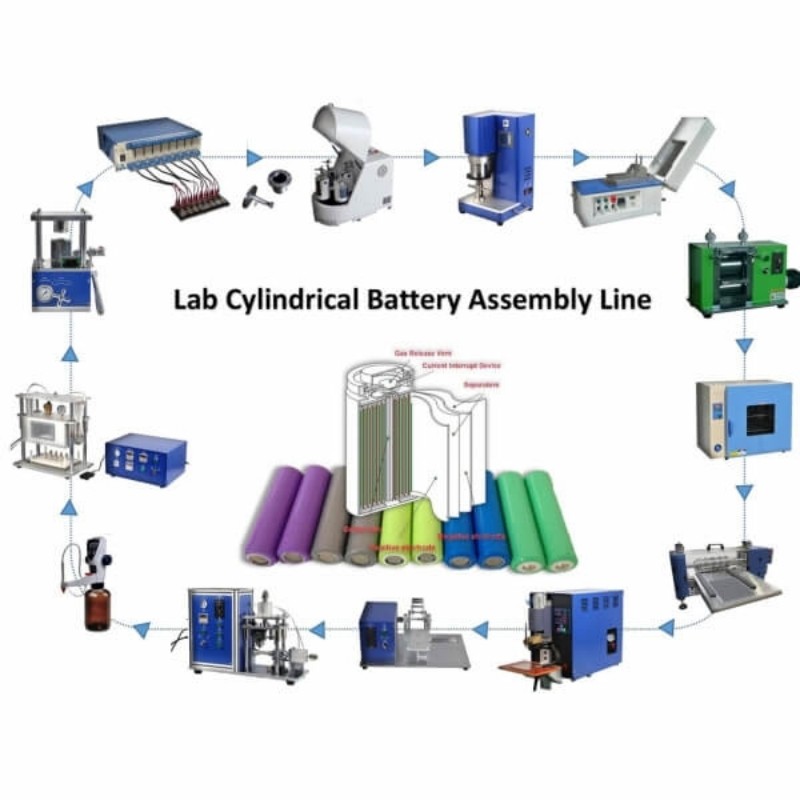Care must also be taken in the use of batteries. For batteries linked in series, there is a need to prevent them from running out of power altogether, or reverseCharging. This can cause irreparable damage to the battery. Usually, however, these devices (such as the aforementioned digital camera) can detect the discharge voltage of the series battery, and when it drops to a certain level, it automatically shuts down to protect the battery. A single battery will not have any of the above risks, only will continue to discharge until the voltage is zero. This is not harmful to the battery, and in fact, periodically discharging the battery and then refilling it helps maintain the battery's capacity and quality.
Nickel-metal hydride batteries have a high self-discharge effect of about 30 percent or more per month. That is higher than the 20% self-discharging rate of a nickel-cadmium battery per month. The more fully charged the battery, the higher the rate of self-discharge; When the electric quantity drops to a certain extent, the rate of self-discharge will decrease slightly. The temperature of the battery storage place has a great effect on the rate of self-discharge. Because of this, long time not used nickel metal hydride batteries are best charged to 40% of the "half full" state.









 IPv6 network supported
IPv6 network supported